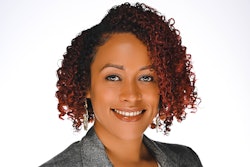In January 1977, I began a faculty appointment at the Federal Executive Institute (FEI) in Charlottesville. The long, gray winters endured teaching political science at Syracuse University in New York propelled me to look southward, and FEI beckoned.
The thought of returning to the South was met with some trepidation but I decided to take a leap of faith. The reverence paid to “Mr. Jefferson” locally prompted me to pay attention to Virginia’s colleges and universities, several of which had begun to lay down markers.
I remain fascinated by how the higher education landscape has changed. Madison College now is highly competitive James Madison University. The former Northern Virginia campus of the University of Virginia now is George Mason University. Christopher Newport University, Old Dominion University and Virginia Commonwealth University — essentially commuter schools three decades ago — have undergone major transformations.
For the most part, these changes have been substantive. They could not have happened without strong leadership in the executive and legislative branches of government, but also the State Council of Higher Education for Virginia (SCHEV) and of course, institutional leadership.
Having worked at public universities in Virginia and North Carolina, I believe that the heterogeneity of Virginia’s higher education institutions is a major asset. Virginia, unlike North Carolina, has a coordinating body rather than a comprehensive university system.
In Virginia every tub stands on its own bottom. Schools with strong leadership and engaged governing boards are able to make significant progress by carving a distinctive niche, and attracting students and faculty who are drawn to its mission, unique character and array of degree programs.
Virginia’s universities and colleges are major assets that should be deployed to combat the lingering effects of slavery.





















